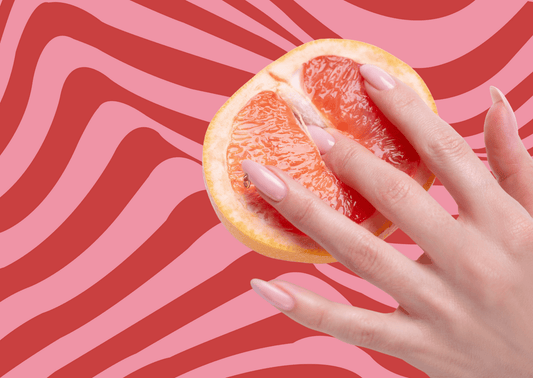
Japanese bondage explained: styles, origins and influences
Share
Japanese bondage , also known as Shibari , is a unique art form that is increasingly gaining popularity. In this article, you'll discover the origins, styles, influences, and safety tips for this unique discipline, so you can experiment safely and with inspiration.
What is Japanese Bondage?
Japanese bondage is a traditional Japanese form of rope art. The word Shibari literally means "to tie" and revolves around the aesthetic and secure restraint of a partner. It involves not only physical restraint but also emotional connection, trust, and artistic expression.
The origin of Shibari
The origins of Japanese bondage lie in Hojojutsu , an ancient Japanese martial art. Prisoners of war were bound with ropes to control them. Later, this technique evolved into an art form with aesthetic and erotic applications.
Styles within Japanese Bondage
Within Japanese bondage, different styles can be distinguished:
- Kinbaku – Sensual style with a focus on emotional connection.
- Futomomo – Leg and hip bondage for comfort and visual impact.
- Gote – Arm bondage focused on safety and comfort.
Each of these styles requires practice and precision. Good ropes are essential for practicing Shibari. Check out our bondage rope collection. For safe and sturdy options. Want to know why you should use special Shibari rope and not some rope from the hardware store? Then read this blog post .
Influences and modern applications
Japanese bondage now influences not only the erotic scene but also art, photography, and performance. The aesthetic of Shibari is often used in fashion shows, photoshoots, and theater. By combining traditional knotting techniques with modern expression, Shibari remains a versatile art form.
For creative applications and everyday use , our Shibari collection offers a wide range of ropes and accessories for both beginners and advanced users.
Safety and tips for Japanese bondage
Safety is super important in Japanese bondage:
- Always use quality ropes.
- Keep scissors within reach.
- Communicate with your partner continuously.
- Start with simple patterns and slowly build up to more complex techniques.
Japanese bondage combines technique, aesthetics, and emotional connection. With the right knowledge, materials, and practice, you can safely explore this art form and be creative with it. For high-quality ropes and accessories, browse our Shibari collection.
FAQ – Frequently Asked Questions about Japanese Bondage
Is Japanese bondage only for advanced users?
No, beginners can start with basic Shibari techniques. Please note: safety is paramount. Start with simple knots, communicate well with your partner, and check in with each other regularly.
What is the difference between Shibari and Kinbaku?
Shibari is the general term for Japanese bondage. Kinbaku specifically refers to the sensual and erotic style.
Which rope is suitable for beginners?
Soft hemp-jute bondage rope is ideal because it doesn't damage the skin and allows you to tie knots that won't slip. Browse our bondage rope collection. for suitable options.
Is Japanese bondage something sexual?
Not always. While bondage can be exciting for many people, or part of something sexual, by using it as foreplay, Japanese bondage is certainly not solely sexual. Many artists use Shibari as a visual expression and a performative art form. It can also be used by couples to strengthen trust in each other. And many people simply enjoy taking a Shibari workshop.



